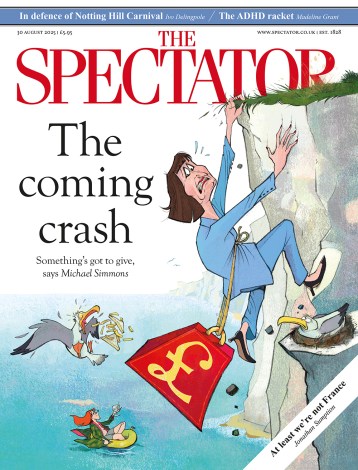An endearing underachiever
‘I am beginning to see that brain counts for little but that character counts for everything,’ wrote Harold Nicolson, in one of those flashes of self-perception which from time to time brilliantly illuminated his life. ‘It is not a pleasant thought as my character is weak and easily influenced.’ He was only just 17 when he articulated that particular piece of self-deprecation; he would have said exactly the same 60 years later and been right on both occasions. His ability to diagnose his weaknesses, coupled with a total inability to do anything to rectify them, was one of his most endearing characteristics; it also explained why his various careers, in
